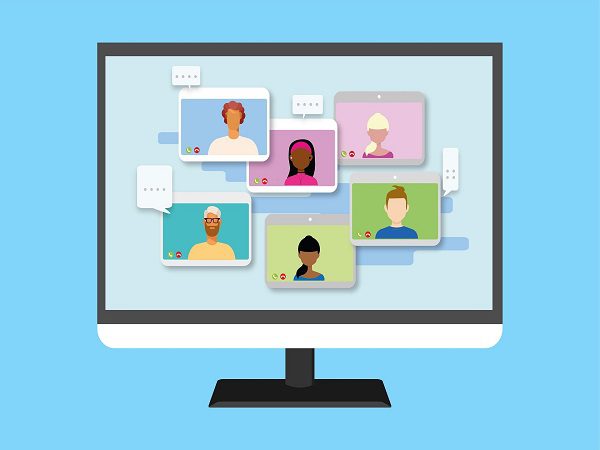Introduction:
In the dynamic landscape of human resources, staying ahead of the curve is essential for success. As technology continues to evolve, HR professionals are exploring innovative solutions to enhance training and development processes. One such groundbreaking tool that has emerged as a game-changer is Virtual Reality (VR). This immersive technology is revolutionizing the way HR teams approach employee training, providing a unique and impactful learning experience. In this article, we will delve into the transformative power of VR in training and development, exploring its benefits, applications, and the potential it holds for HR professionals.
The Evolution of Training in HR:
Traditional training methods have long been the norm in HR, relying on lectures, presentations, and written materials. While these methods have their merits, they often lack engagement and fail to provide a hands-on, practical experience. Virtual Reality, however, brings a new dimension to training by creating a simulated environment that replicates real-world scenarios.
Benefits of VR in Training and Development:
Immersive Learning Experience:
VR offers a level of immersion that traditional training methods cannot match. HR professionals can create realistic scenarios that mirror the challenges employees may face in their roles. This immersive experience allows trainees to learn by doing, enhancing their understanding and retention of crucial information.
Safe and Controlled Environment:
One of the significant advantages of VR in training is the ability to simulate hazardous or challenging situations in a safe and controlled environment. HR professionals can expose employees to scenarios such as conflict resolution, customer interactions, or emergency procedures without any real-world consequences. This not only ensures safety but also prepares employees for real-life situations effectively.
Personalized Training Programs:
Every employee is unique, with distinct learning styles and preferences. VR in training and development allows HR professionals to tailor programs to individual needs. Whether it’s a sales simulation, leadership training, or technical skill development, VR can be customized to meet the specific requirements of each employee, maximizing the effectiveness of the training.
Real-time Feedback:
In traditional training, feedback is often delayed or limited. VR changes the game by providing real-time feedback to trainees. HR professionals can monitor performance metrics, identify areas of improvement, and offer instant guidance. This immediate feedback loop accelerates the learning process, ensuring that employees grasp concepts more efficiently.
Applications of VR in HR Training:
Onboarding Programs:
The onboarding process sets the tone for an employee’s journey within a company. VR can be used to create immersive onboarding experiences, allowing new hires to explore the workplace, meet virtual colleagues, and familiarize themselves with company culture. This not only expedites the onboarding process but also ensures that employees feel more connected and engaged from the start.
Soft Skills Development:
Soft skills, such as communication, teamwork, and leadership, are integral to professional success. VR provides a platform for HR professionals to design interactive scenarios that challenge employees to apply and refine their soft skills. Through simulated interactions, employees can hone their abilities in a risk-free environment, boosting their confidence and effectiveness in the workplace.
Diversity and Inclusion Training:
Promoting diversity and inclusion is a top priority for many organizations. VR enables HR professionals to develop training programs that immerse employees in diverse perspectives and experiences. By fostering empathy and understanding, VR contributes to creating a more inclusive work environment.
Technical and Practical Training:
For industries requiring hands-on skills, such as manufacturing or healthcare, VR offers a practical solution. HR professionals can simulate complex procedures, equipment operation, or medical scenarios, allowing employees to practice and refine their skills in a virtual setting before applying them in real-life situations.
The Future of VR in HR:
As technology continues to advance, the potential applications of VR in HR are limitless. From advanced analytics that track employee performance to virtual mentorship programs, the future holds exciting possibilities. HR professionals must stay abreast of these developments to harness the full potential of VR in training and development.
Conclusion:
Virtual Reality has emerged as a game-changer for HR professionals seeking to elevate their training and development initiatives. The immersive nature of VR provides a unique and impactful learning experience, allowing employees to engage with realistic scenarios in a safe and controlled environment. The benefits of VR in HR training are vast, ranging from personalized learning programs to real-time feedback and applications in various domains such as onboarding, soft skills development, diversity training, and technical skill enhancement. As we look to the future, the integration of VR in HR is poised to evolve, offering even more innovative solutions to meet the dynamic challenges of the modern workplace. HR professionals who embrace this transformative technology will undoubtedly lead the way in shaping the future of employee training and development.



































